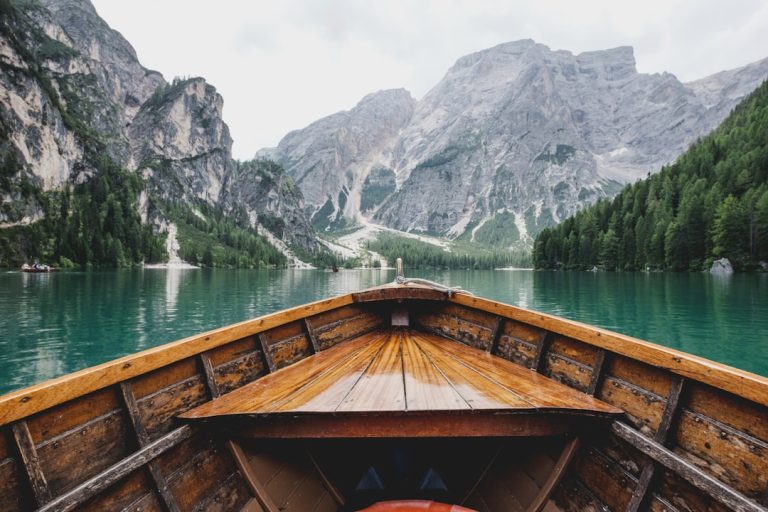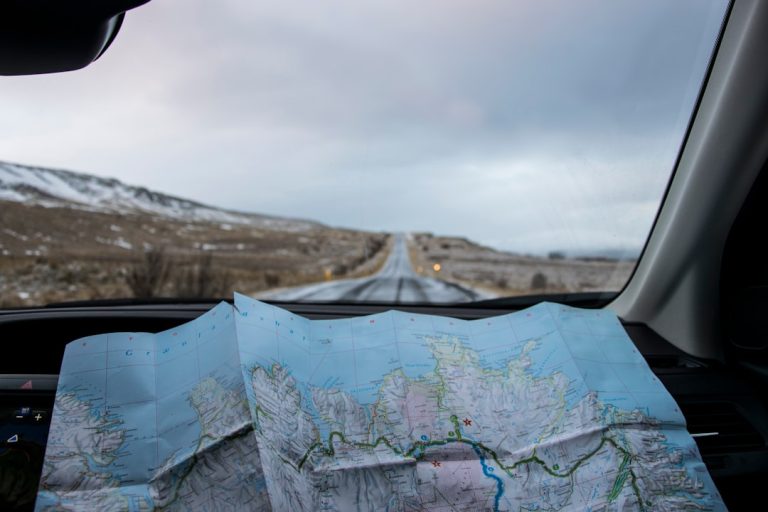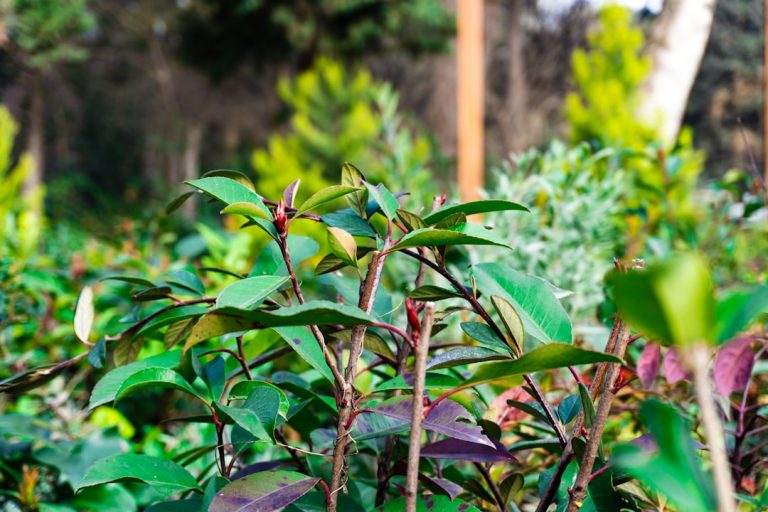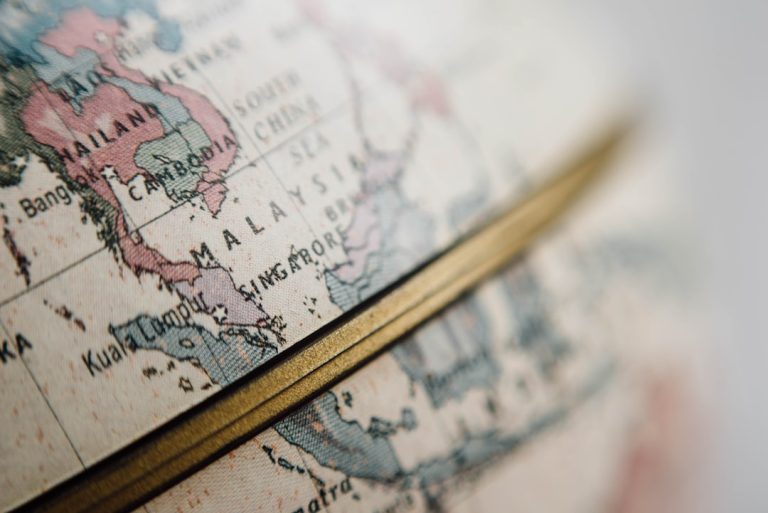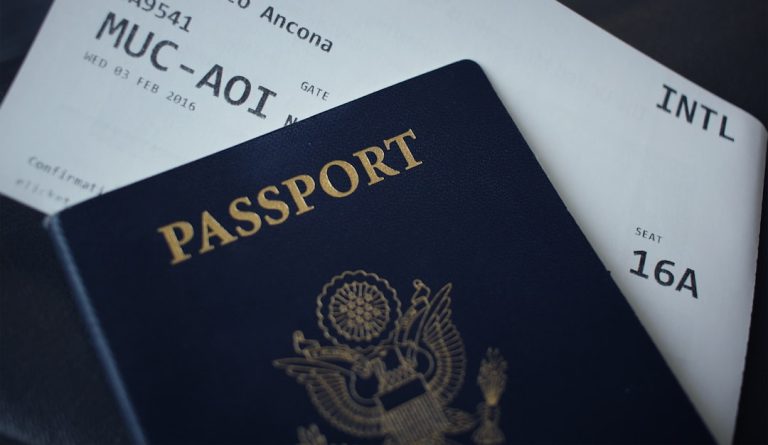The Art of Slow Travel: Embracing the Journey Over the Destination
In a world that celebrates speed, convenience, and instant gratification, the concept of slow travel emerges as a refreshing antidote. It’s a philosophy that invites travelers to pause, observe, and truly experience their surroundings rather than rushing from one Instagrammable spot to another. As we delve into this transformative approach, we will explore how embracing the journey over the destination can enhance your travel experience and create lasting memories.
Slow travel is not just about taking your time; it’s about engaging with the places you visit on a deeper level. Imagine stepping off a train in a quaint European village, where the air is fragrant with fresh bread from the local bakery. Instead of hurrying to check off a list of attractions, you might linger at a sidewalk café, savoring a cup of coffee while chatting with a local artisan about their craft. This type of connection not only enriches your understanding of the culture but also adds a personal touch to your journey.
One of the most significant benefits of slow travel is the opportunity to connect with nature. By choosing to explore less-touristed areas, such as national parks or remote coastlines, travelers can escape the crowds and immerse themselves in the natural beauty around them. Whether it’s hiking through ancient forests or kayaking in pristine waters, the slower pace allows for moments of reflection and gratitude. You might find that the sights and sounds of nature become a soundtrack to your adventure, leading to a deeper appreciation of the world around you.
Moreover, slow travel promotes sustainability, a crucial aspect of modern-day travel. When you take the time to explore a region at a leisurely pace, you are more likely to support local businesses, eat at family-run restaurants, and purchase handmade goods from local artisans. This not only benefits the economy of the destination but also fosters a sense of community and cultural preservation. Opting for eco-friendly accommodations, such as eco-lodges or homestays, can further enhance your slow travel experience, allowing you to contribute positively to the environment.
In practical terms, slow travel can be budget-friendly. By focusing on fewer destinations and spending more time in each, you can reduce transportation costs. Instead of hopping from city to city, consider renting a bicycle to explore the surrounding countryside or taking public transportation to uncover hidden gems. This not only saves money but also allows for spontaneous adventures along the way, such as stumbling upon a local festival or discovering a secluded beach.
But let’s be honest: not everyone is a natural-born slow traveler. In our fast-paced lives, it can be challenging to slow down and let go of our itineraries. A helpful tip for those looking to embrace this mindset is to set a specific travel intention. Rather than crafting a detailed checklist of sights to see, consider what you want to experience or learn. Whether it’s immersing yourself in local cuisine or honing a new skill, this approach shifts the focus from quantity to quality.
Furthermore, consider journaling your experiences as you embark on your slow travel journey. Documenting your thoughts, feelings, and observations can provide a meaningful way to process your travels. As you reflect on each day, you might find that the most memorable moments often occur when you least expect them—a spontaneous conversation, a breathtaking sunset, or even a quiet moment of solitude in nature.
In conclusion, slow travel offers a unique opportunity to connect with the world in a way that fast-paced tourism cannot. By embracing this philosophy, you not only enhance your own travel experience but also contribute to the sustainability and preservation of the destinations you visit. So the next time you plan a trip, consider adopting a slower pace. After all, life is not just about reaching the destination; it’s about savoring every moment along the way.


